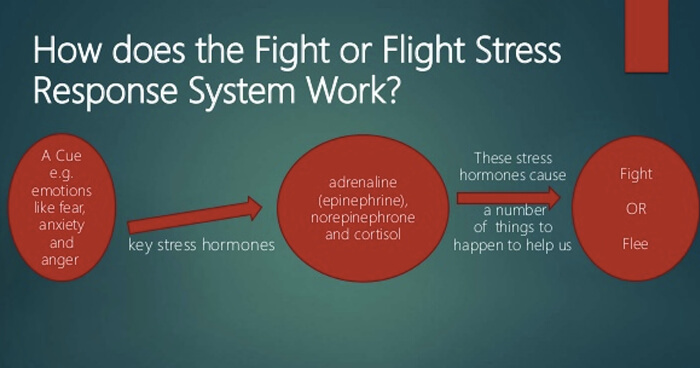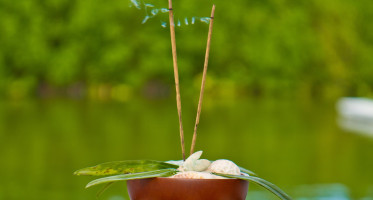How to Create More Kindness
Offering a smile and a kind word to the checkout person, giving a frazzled mom an understanding look when her child is having a tantrum, offering your shoulder to cry on for an upset friend; these are all gifts of kindness. While there may be a cultural trend away from kindness, it is possible to cultivate this capacity within yourself.
Modern cultural values are more skewed in the direction of achievement and self-sufficiency than any time in the past. Most people feel they must become independent and able to ‘make it on their own’ rather than relying on others. With this shift, there has been a trend away from valuing kindness. In her new book, The Kindness Cure, Tara Cousineau writes:
Kindness has become associated with being weak, fragile, nostalgic, and untrustworthy. Yet our instinct for kindness percolates to the surface all the time, because our basic neurology is wired to care.
The question then becomes, how can we tap into this basic instinct to bring more kindness into the world?
Cultivating Kindness
Cousineau, a clinical psychologist and researcher, explains that the first step is to reset your stress response. There are very few people who are not affected by the unrelenting pace of modern life. When our sympathetic nervous system is on high alert, we will automatically go to fight, flight, or freeze. All of these states prohibit the important qualities of empathy and compassion.
Everyday stress causes the fight or flight response, which prohibits compassion.
Cousineau invites readers to understand their ‘stress style’ by noticing how they respond to stress:
- Where do you feel it in your body?
- What are the symptoms you notice?
- What are the first signs of stress?
She writes that while we are wired for stress, we are also wired to relax, and invites readers to ask themselves, “What can I cultivate in my life to feel more at ease?” She then suggests a practice of immersing yourself in your senses as a way to connect with the present, and also to feel your connection with the world around you.
Conflicting Instincts
We have conflicting instincts within us that stem from our brain. Our basic, and oldest ‘brain/mind’ seeks to help us survive and find comfort and pleasure. It generally responds the fastest in any situation. Our ‘new brain/mind,’ on the other hand, allows us to analyze, imagine, and compare things. “Importantly,” writes Cousineau, “this sophisticated upgrade allows you to be aware that you exist and have a sense of self.”
There can be a ‘clash’ of these two brains that can cause an inner conflict, or “paradoxes of mind and heart,” which you might recognize when your inner critic tries to stop you from doing something that stretches you out of your comfort zone. Recognizing times when you are critical of yourself and others, as well as when you feel kind towards yourself and others, can help you to notice these tendencies in yourself, and begin to choose those responses that reflect compassion and kindness.
Cousineau offers these practices to strengthen our capacity for kindness and compassion.
The Three Steps
Face to Heart Interactions
This speaks to our experience with being held, or in this instance, our ability to hold ourselves with tenderness as we communicate love. Our ability to feel kindness for others must begin with our ability to feel kindness for ourselves. Our vagus nerve–which connects our brain with our heart, our gut, and much of our body–influences our ability to get calm. Creating ‘messages of kindness’ can calm your body and nurture goodwill toward yourself. Create a message for yourself that is clear and true, and speak it to yourself with kindness.
Hugs and High Fives
We are wired to be comforted by loving touch. “Soothing touch, in particular, fosters your ability to regulate emotions.” Simple daily practices include savoring the sensation of a hot bath, the warmth of a cup of tea, petting your animal, or sliding into soft sheets at the end of the day. Cousineau writes:
The experience of touch is more than skin deep: you emotionally tuck yourself in to comfort and use it to purposely recode your caring circuitry.
Let yourself experience touch in a safe and compassionate way.
Taking in Kindness
Letting kindness in means that we open ourselves to others in a way that makes us feel vulnerable. We can practice taking in the good every day, and in doing so, rewire our brains “to offset the negativity bias inherent in the base model of our brain.” We can do this on a daily basis by noticing or creating a beneficial experience–something that is good for us–being present, then noticing any sensations we feel, and finally, savoring and recalling the experience, pulling it up in our memory banks and reliving the good in it.
We can create a mind that is bent toward kindness. As we bring daily focus to simple practices that rewire our brain toward kindness, compassion, and caring, we take ownership of our response to the world. We get to shape the inner contours of our brain, and we can do that in a way that lets us make the choice to understand others, to have faith in humanity’s goodness, and to bring kindness to your interactions rather than criticism.
















Social Links: